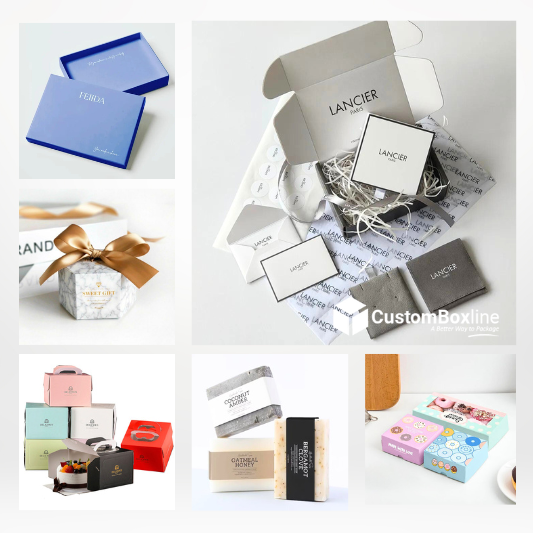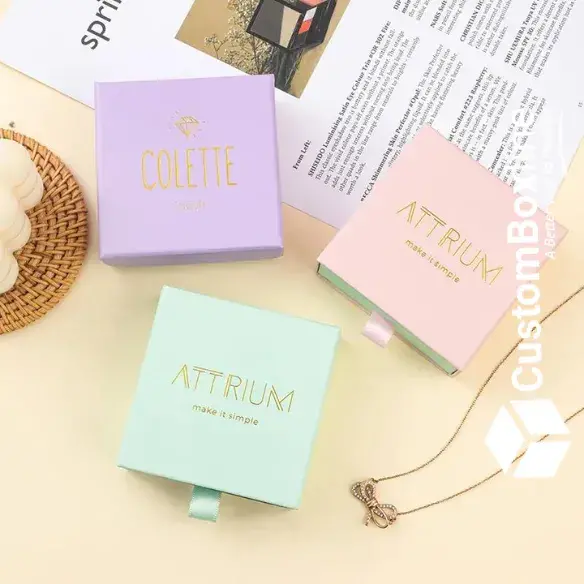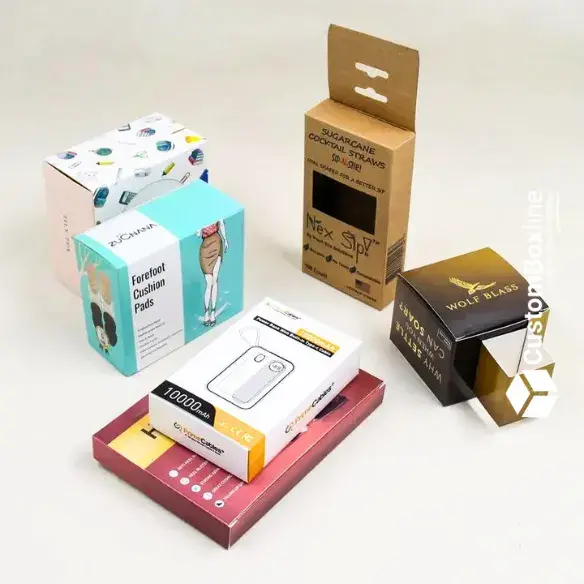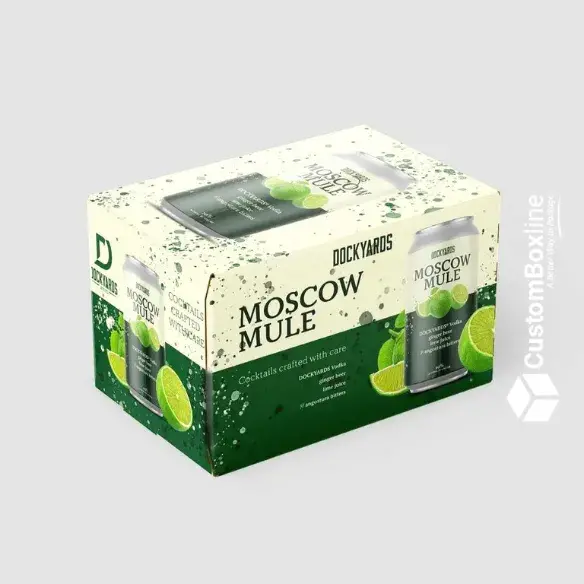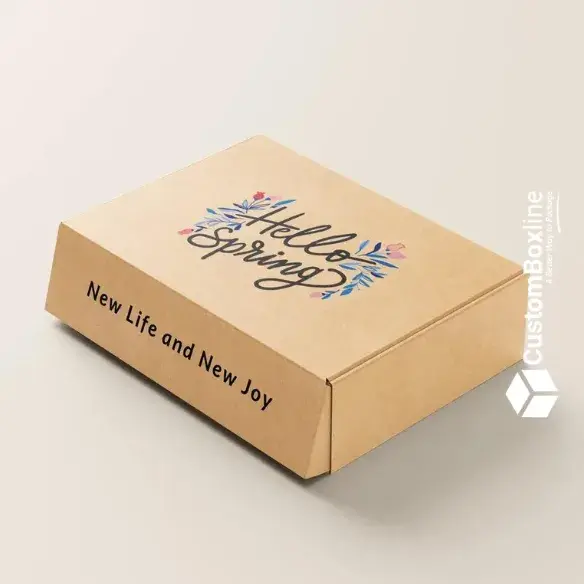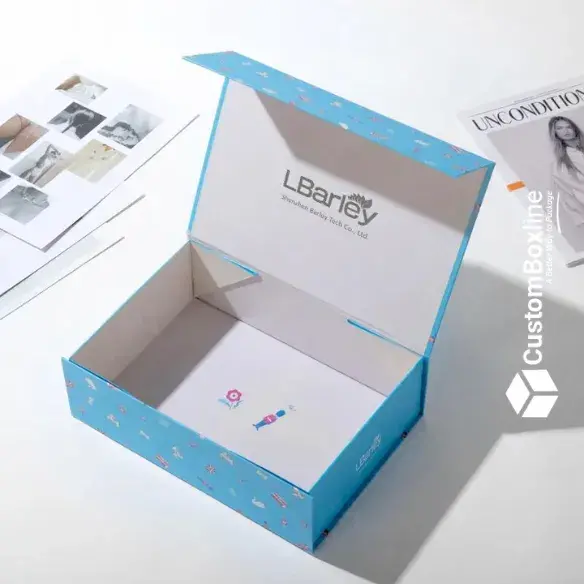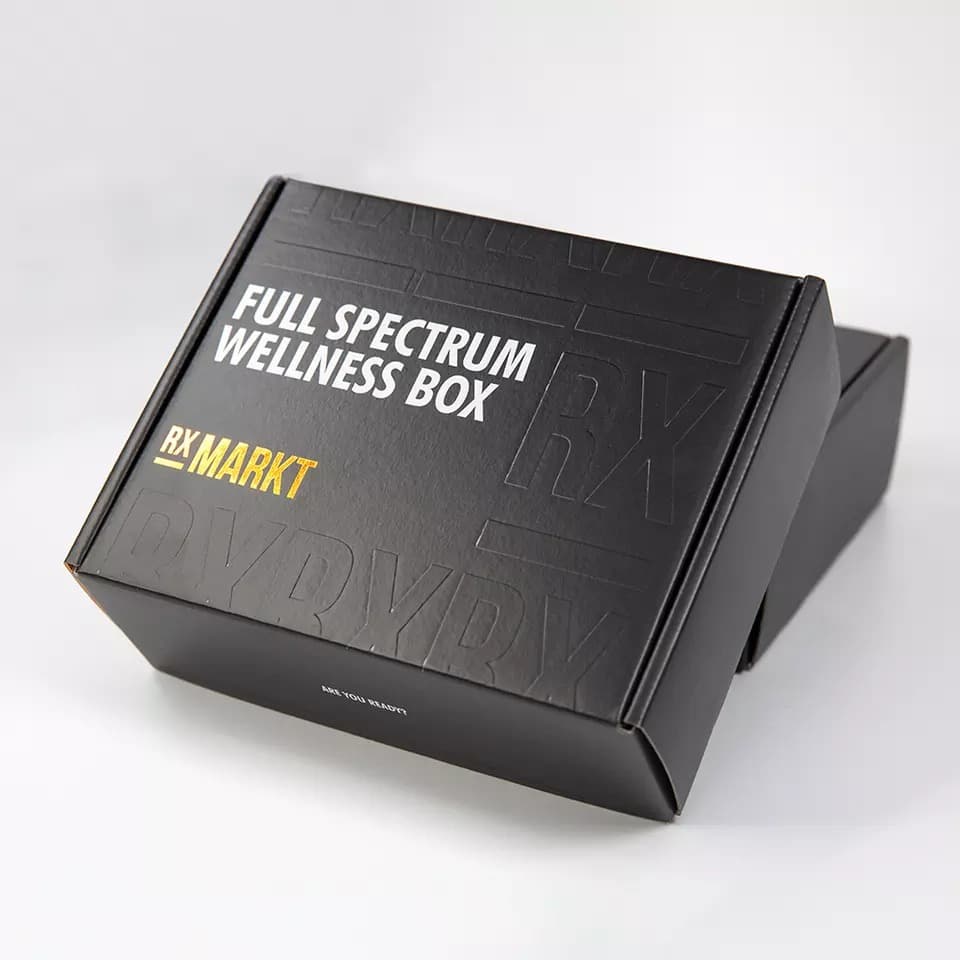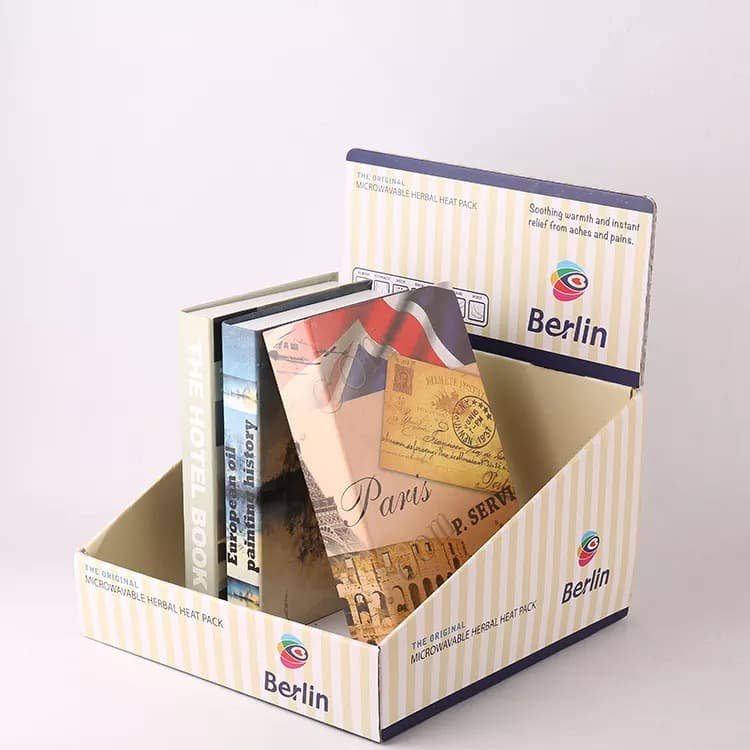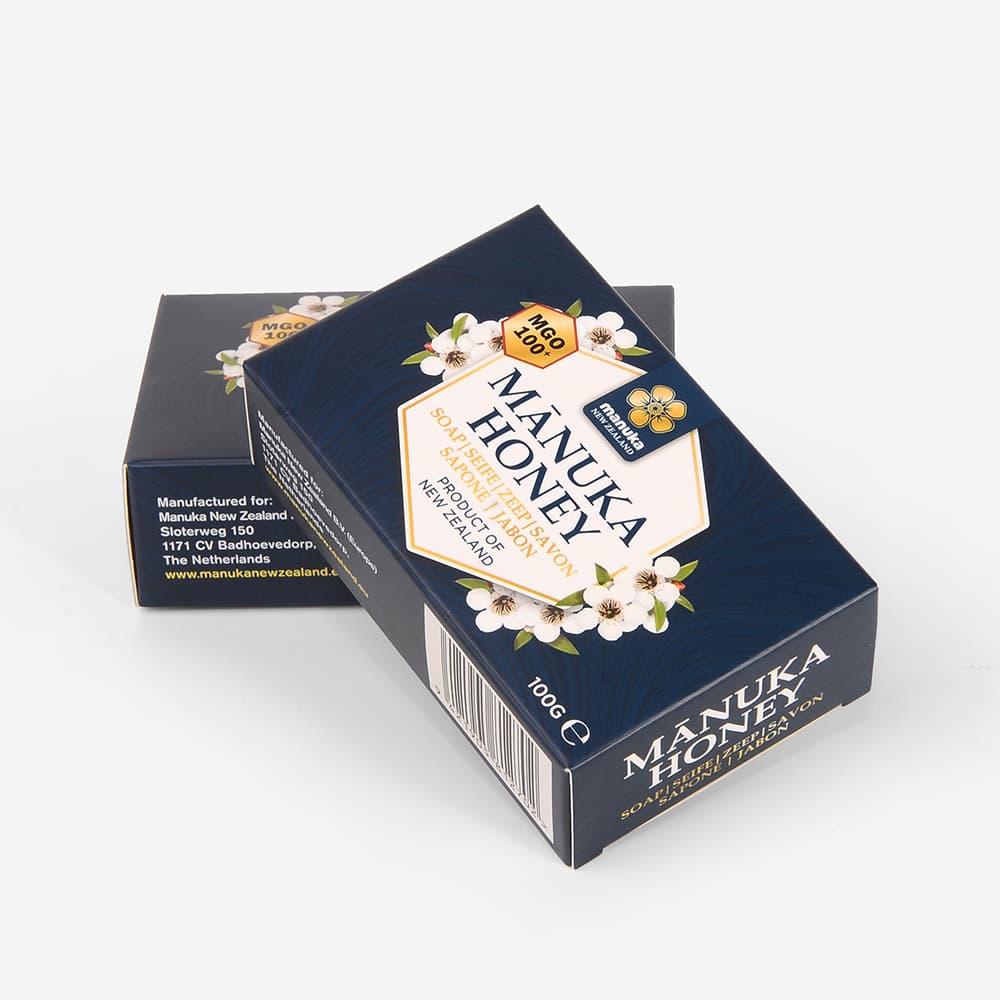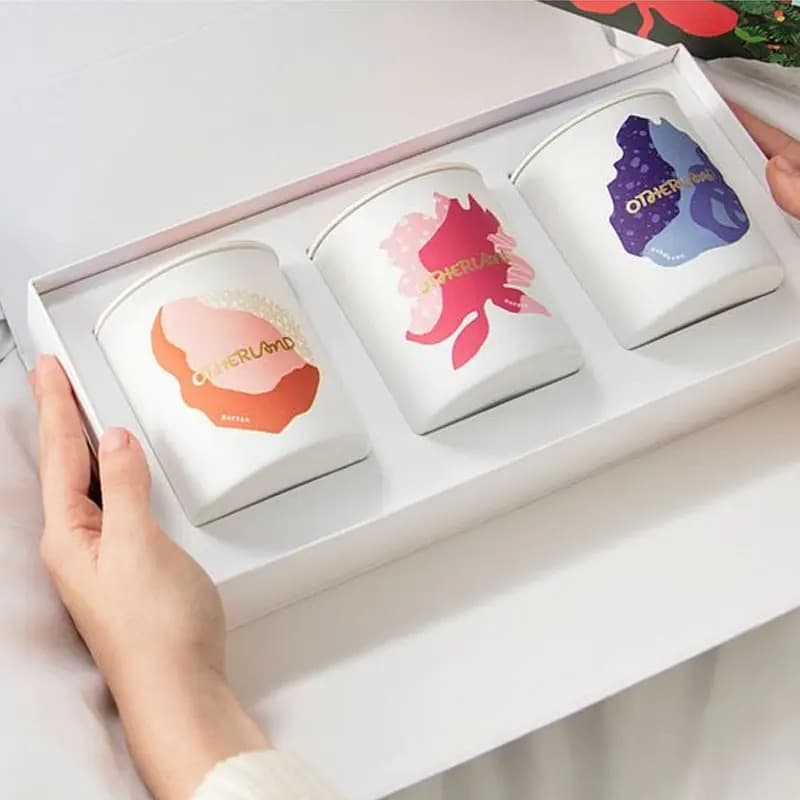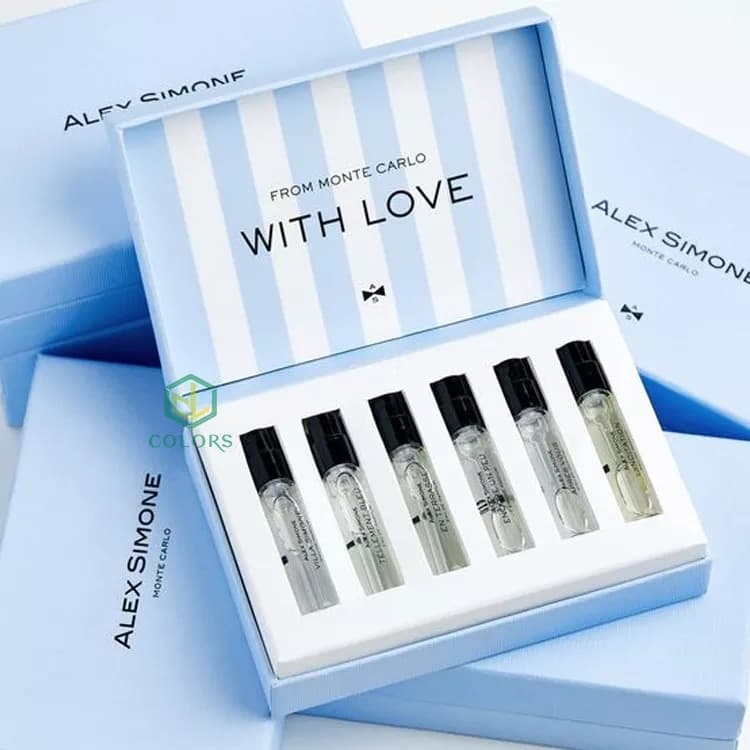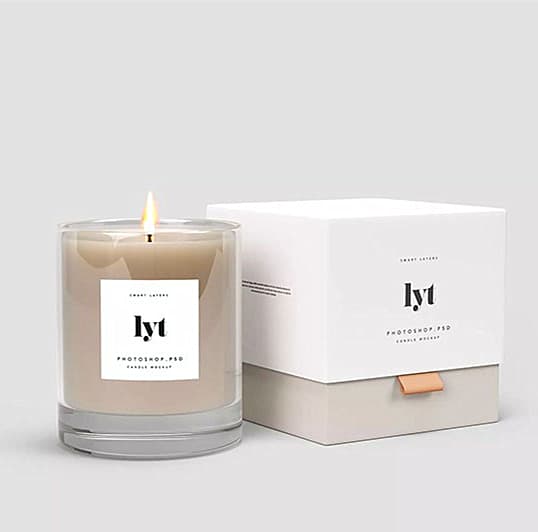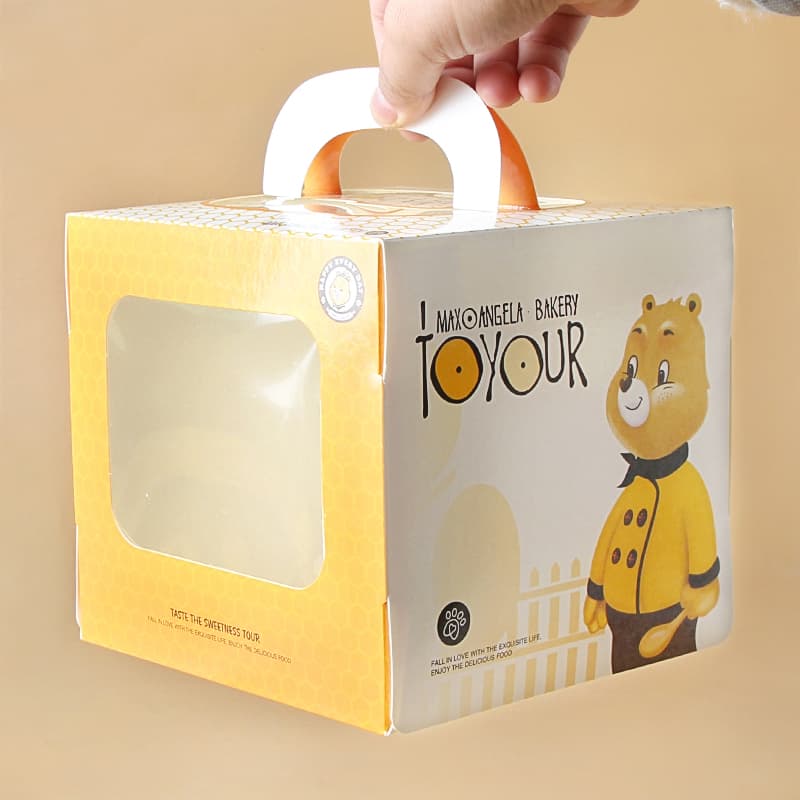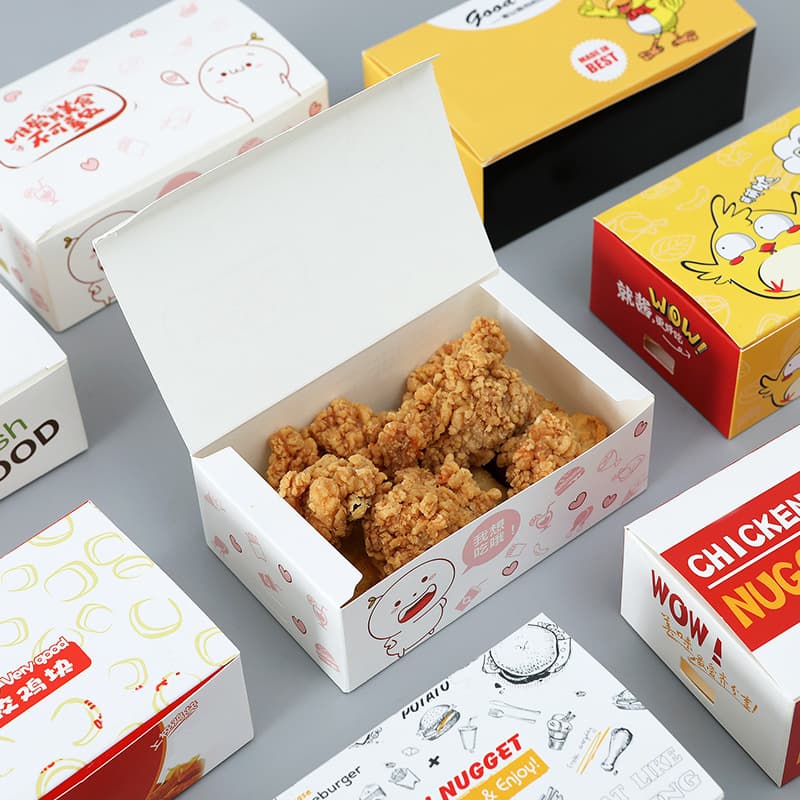Custom Packaging
As the name suggests, custom packaging is essentially designing packaging around your products from
scratch rather than simply selecting a ready-made box that the product might fit into. This means
creating a brand-new box specifically for each and every one of your shipment’s contents (and
presentation!).
Substrate
Substrate is used in a converting process such as printing or coating to generally describe
the base material onto which, e.g. images, will be printed. Base materials may include:
- plastic films or foils
- release liner
- textiles,
- plastic containers
- any variety of paper(lightweight, heavyweight, coated, uncoated, paperboard, cardboard, etc.),
or
- parchment.
Recycled Paperboard
Coated Recycled Paperboard (CRB) Also known as Clay Coated Newsback ( CCNB), this
material is typically coated with a thin layer of kaolin clay to improve its printing surface. It is
produced from 100 percent recycled paperboard including old containers, newspapers, box board
clippings and selected whites. Recycled paper board is a type of paper board produced using
recovered waste from paper, thereby converting consumer sources as well as plants to meet production
requirements. This recycled paper board includes a small quantity of virgin fibers, which are added
during recycling to increase strength.
Kraft Board
Kraft paper or kraft is paper or paperboard (cardboard) produced from chemical pulp produced in the
kraft process. Sack kraft paper, or just sackpaper, is a porous kraft paper with high elasticity and
high tear resistance, designed for packaging products with high demands for strength and durability.
Corrugated Board
Corrugated fiberboard is a material consisting of a fluted corrugated sheet and one or two flat
linerboards. It is made on “flute lamination machines” or “corrugators” and is used in the
manufacture of shipping containers and corrugated boxes.
Template
A template is a vector file that used to visually show a package’s layout, whether it is a folding
carton or a countertop display box. These templates include lines for folding to demonstrate the
proper layout of a package. Once these are downloaded from a site, they can be edited, rotated and
even have dimensions changed to get a better idea of how a finished product will appear.
You can find templates in almost any shape and size, and these include everything from door hangers
to pyramid-shaped boxes. Templates are sometimes listed based on the quantity of panels they
contain, as this varies based on needs. Accordion templates are popular, as they can hold
information within a large number of panels. Tray card templates, on the other hand, are more
popular with compact disc packaging.
These printing templates are beneficial in helping a customer customize their packages exactly as
they like. They are usually offered complimentary with a website and are often opened with Adobe
Illustrator when edits are made. Other programs in which templates are customized include Adobe PDF,
Adobe InDesign, Microsoft Word and QuarkXPress.
After you download the template, you can add your content to it via your favorite program. This
template will be crucial for determining the content and layout of your page as the consumer will
view it. The fact that the process is easy and fast means you do not always need to hire a
professional graphic designer and will be able to create a final product within mere minutes.
Process Color
Process and PMS (Spot) are two different systems for generating colors.
Process colors are created by applying separate layers of 4 colors – Cyan, Magenta, Yellow and Black
(CMYK) – in various concentrations on the paper. By mixing these 4 colors, just about any imaginable
color can be created. CMYK 4-Color Process is commonly used for printed matter that contains
photographs.
PMS Color
Pantone Matching System color, is frequently used for printing spot colors, as these are printed with
unique ink. The color is specified based on its pantone number or name within a color chart. It
allows the colors to appear exactly as intended once printed instead of how they appear on a
computer screen.
Coating
A finishing operation in which a printed substrate is covered with a clear film, such as a
primer(usually added as a prelude to printing or other coating operations), a lacquer, a barrier
coat, or an overprint varnish. Alternately, only a portion of a printed material may be coated,
called spot coating or spot varnishing. Coatings applied after printing may either be aqueous
(water-based) which dry by evaporation, or electron-beam or ultraviolet coatings which dry by
polymerization when exposed to electron beams and ultraviolet light, respectively.
Dieline
A die line serves as a package template that guarantees proper layout for a printed item. It is a
diagram that demonstrates all the cut lines and creases of a package in flattened form. They are
also used for envelopes, pocket folders and more. There are a few steps toward making proper, exact
die lines for products such as boxes.
Sometimes, a customer may send an example of the packaging to the print company. The company would
then take apart the sent package to locate designs and tucks and take measurements. When there is a
product, but no packaging, the measurements are instead taken for the actual item with wrapped paper
added to estimate size.
From here, die lines are then created in Adobe Illustrator with certain design guidelines. You can
then use a hard copy of the die line you create to test with the product you are packaging. Once you
have it right, hard copy prototypes are made with heavyweight paper or different materials.
Following careful checking of prototypes for solidness and other elements, the finished packaging
product will be ready to hit the racks.
UV Gloss
UV coating, or ultraviolet coating, is a very glossy, shiny liquid coating applied to a printed
paper surface and cured on a printing press or special machine using ultraviolet light. The coating
hardens, or cures when it is exposed to ultra violet radiation.
UV coating makes your printed piece eye catching, and is perfect for products such as postcards,
hand-out sheets, presentation folders, business cards and catalogs, or any product that can benefit
from a rich, glossy and dramatic look.
Lamination
A layer of clear plastic applied to a sheet of paper (or other material) for preservation,
protection, or other purposes. Lamination also refers to the process of applying such a clear
plastic layer.
Soft Touch
This coating creates a velvety texture. The paper becomes “soft” to the touch and increases the
tactile appeal. It creates a softer look and feel on printed materials than either aqueous or UV
coating, while creating a barrier which is fingerprint resistant. It dries fast, is non-yellowing,
and is eco-friendly. Luxurious and sophisticated are words often used to describe the effect Soft
Touch® coating produces.
Soft Touch coating is a great option when you want to add a velvety, matte look and feel to your
piece. Its tactile appeal makes it a perfect option for postcards, brochures, business cards and
hangs tags.
Embossing
Embossing is the process of using male and female etched dies (typically made of magnesium, brass or
copper) and heat to raise or push letters or a design above the surface of a sheet of paper; it
creates an eye-catching three-dimensional effect. The embossing die is made with a reversed image of
the design. When this process creates an indented image, it is known as debossing. Computer
controlled milling machines or hand sculptured engraving are used to convert the graphic image to
the metal embossing die.
Debossing
Debossing is the opposite of embossing. With debossing, the imprinted design causes
depressions in the material leaving a depressed (debossed) imprint of the image on the paper or
cardstock. Debossing impresses a die into the surface of the paper material. Both embossing and
debossing can be used in combination with offset printing or foil stamping to add depth and impact
to a design. Dies can be sculpted as single-level, multilevel, sculptured or with beveled edges to
create striking, multi-dimensional designs.
Foil Stamping
There are many types of foil that can make your printed piece pop.
- Metallic Foils have a metal-like sheen and a shine or shimmer, and come in a variety of
colors, such as gold, silver, copper, green, blue and red.
- Gloss Pigment Foils have a high glossy, but non-metallic finish and come in many colors.
- Matte Pigment Foils have a dull finish with deep solid colors.
- Special Effects Foils such as marbles, woodgrains, leathers or pearl add distinctive
textures and looks.
- Holographic Foils use the transfer of a hologram image onto unique foils. Holographic
foils add a dramatic effect that often provides a “high-tech” look.
